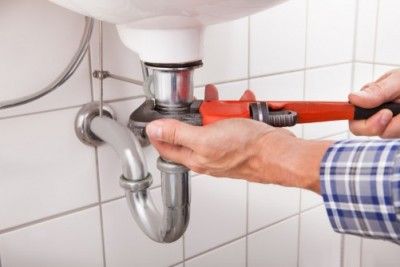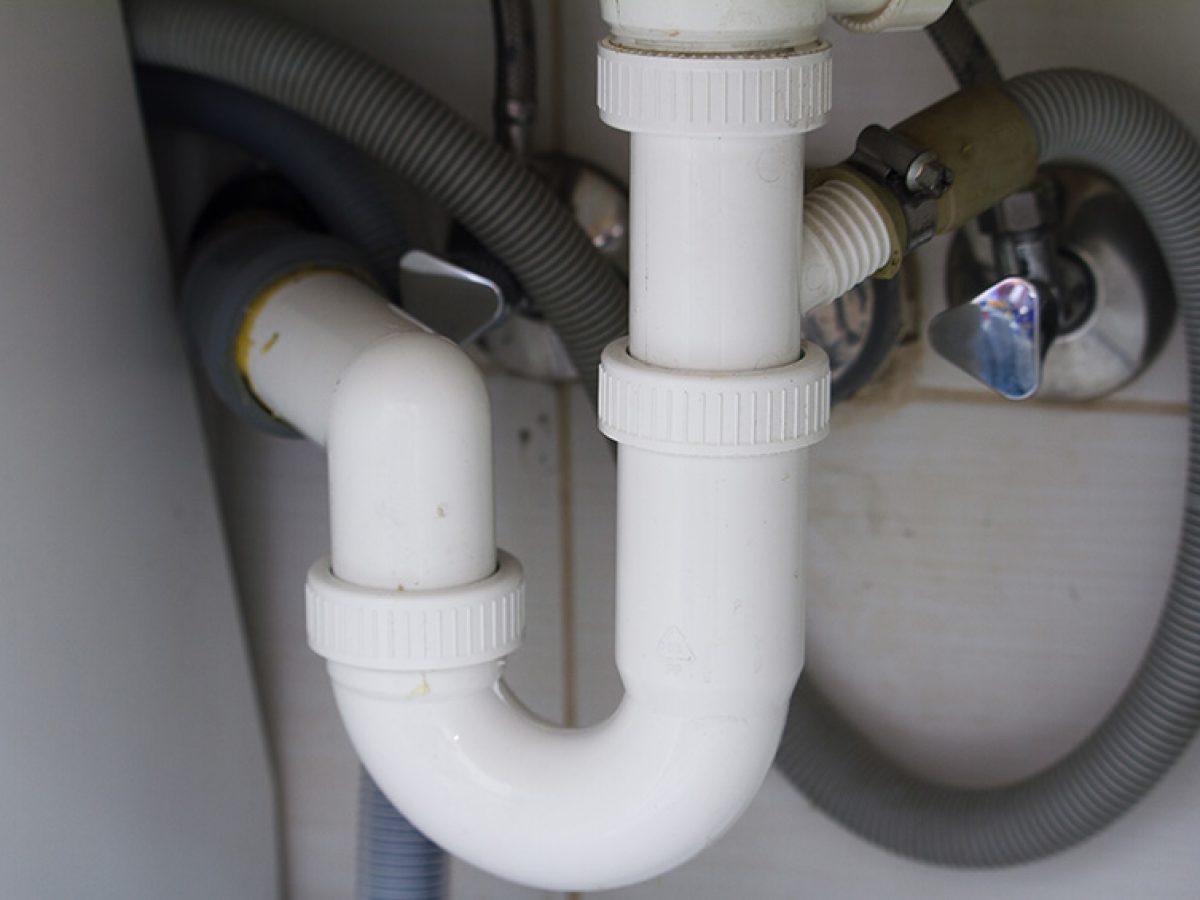The Core Elements of Your Home's Plumbing System
The Core Elements of Your Home's Plumbing System
Blog Article
How do you actually feel in regards to Anatomy of a House: Understanding the Components?

Understanding exactly how your home's pipes system functions is important for every single property owner. From providing tidy water for alcohol consumption, cooking, and bathing to securely removing wastewater, a properly maintained pipes system is essential for your family members's wellness and convenience. In this comprehensive guide, we'll check out the elaborate network that composes your home's plumbing and offer pointers on maintenance, upgrades, and dealing with usual concerns.
Introduction
Your home's plumbing system is greater than just a network of pipes; it's a complicated system that guarantees you have accessibility to clean water and reliable wastewater elimination. Knowing its parts and how they collaborate can assist you protect against pricey repairs and guarantee everything runs smoothly.
Fundamental Parts of a Pipes System
Pipelines and Tubes
At the heart of your pipes system are the pipelines and tubing that carry water throughout your home. These can be made of different materials such as copper, PVC, or PEX, each with its advantages in terms of toughness and cost-effectiveness.
Fixtures: Sinks, Toilets, Showers, etc.
Fixtures like sinks, toilets, showers, and bathtubs are where water is used in your home. Understanding exactly how these components connect to the pipes system aids in diagnosing problems and intending upgrades.
Valves and Shut-off Points
Shutoffs regulate the circulation of water in your pipes system. Shut-off valves are crucial during emergencies or when you need to make repair services, permitting you to separate parts of the system without disrupting water flow to the whole house.
Supply Of Water System
Main Water Line
The primary water line attaches your home to the metropolitan water or a private well. It's where water enters your home and is dispersed to different fixtures.
Water Meter and Stress Regulator
The water meter steps your water usage, while a pressure regulatory authority makes sure that water moves at a safe stress throughout your home's pipes system, protecting against damages to pipelines and components.
Cold Water vs. Hot Water Lines
Understanding the distinction in between cold water lines, which provide water directly from the primary, and hot water lines, which lug warmed water from the hot water heater, helps in fixing and planning for upgrades.
Water drainage System
Drain Water Lines and Traps
Drain pipes lug wastewater far from sinks, showers, and bathrooms to the drain or sewage-disposal tank. Traps protect against drain gases from entering your home and also catch particles that could cause blockages.
Ventilation Pipelines
Air flow pipelines enable air into the drain system, protecting against suction that might slow drain and cause catches to empty. Correct ventilation is crucial for preserving the integrity of your pipes system.
Importance of Correct Drain
Making certain correct drainage protects against backups and water damages. Routinely cleansing drains and preserving traps can stop costly repair services and extend the life of your plumbing system.
Water Furnace
Kinds Of Water Heaters
Hot water heater can be tankless or traditional tank-style. Tankless heating units warmth water on demand, while storage tanks store heated water for prompt use.
Updating Your Pipes System
Reasons for Updating
Upgrading to water-efficient fixtures or changing old pipes can boost water quality, decrease water expenses, and raise the value of your home.
Modern Plumbing Technologies and Their Benefits
Explore innovations like clever leak detectors, water-saving bathrooms, and energy-efficient hot water heater that can conserve money and minimize ecological impact.
Cost Considerations and ROI
Compute the ahead of time costs versus long-lasting financial savings when thinking about plumbing upgrades. Lots of upgrades spend for themselves through decreased utility bills and fewer fixings.
How Water Heaters Link to the Pipes System
Understanding how water heaters attach to both the cold water supply and hot water circulation lines helps in identifying concerns like insufficient hot water or leakages.
Upkeep Tips for Water Heaters
Routinely purging your hot water heater to get rid of debris, inspecting the temperature level setups, and evaluating for leaks can prolong its life expectancy and enhance energy efficiency.
Common Plumbing Problems
Leaks and Their Reasons
Leakages can happen because of aging pipes, loose installations, or high water stress. Attending to leaks promptly prevents water damages and mold and mildew growth.
Blockages and Blockages
Obstructions in drains and bathrooms are typically triggered by flushing non-flushable items or a buildup of grease and hair. Using drainpipe displays and being mindful of what decreases your drains can avoid obstructions.
Indicators of Plumbing Problems to Expect
Low tide pressure, slow drains pipes, foul odors, or abnormally high water expenses are signs of potential pipes issues that should be addressed without delay.
Pipes Upkeep Tips
Routine Evaluations and Checks
Set up yearly plumbing inspections to capture issues early. Seek indications of leaks, deterioration, or mineral accumulation in faucets and showerheads.
DIY Upkeep Tasks
Straightforward tasks like cleaning tap aerators, checking for toilet leakages using dye tablets, or insulating revealed pipelines in cold environments can stop major pipes issues.
When to Call a Specialist Plumbing
Know when a pipes problem calls for expert competence. Attempting intricate repair services without proper understanding can lead to more damages and higher fixing expenses.
Tips for Reducing Water Use
Simple routines like fixing leakages immediately, taking much shorter showers, and running full lots of laundry and recipes can conserve water and lower your energy expenses.
Eco-Friendly Pipes Options
Consider lasting plumbing products like bamboo for floor covering, which is durable and green, or recycled glass for countertops.
Emergency situation Readiness
Actions to Take During a Plumbing Emergency situation
Know where your shut-off valves are located and just how to shut off the water supply in case of a ruptured pipe or significant leakage.
Relevance of Having Emergency Get In Touches With Helpful
Keep call info for local plumbing professionals or emergency situation services easily available for fast response during a plumbing crisis.
Environmental Impact and Conservation
Water-Saving Fixtures and Appliances
Setting up low-flow faucets, showerheads, and bathrooms can substantially lower water usage without sacrificing performance.
DIY Emergency Fixes (When Appropriate).
Short-term repairs like utilizing air duct tape to spot a dripping pipeline or putting a container under a trickling tap can decrease damage up until an expert plumbing technician gets here.
Verdict.
Recognizing the makeup of your home's pipes system encourages you to keep it successfully, conserving time and money on repair work. By following regular upkeep routines and remaining educated regarding contemporary plumbing modern technologies, you can guarantee your pipes system runs effectively for many years to come.
HOW YOUR PLUMBING SYSTEM WORKS
Which Pipes Do What?
Blue lines = fresh water supply entering the building Red lines = hot water supply entering the building Grey lines = pipes carrying waste away from the building and venting pipes carrying gases away from the building (through the roof) YOUR MAIN PLUMBING SYSTEMS
There are two main plumbing systems that support your home s basic plumbing needs one that brings clean water into your home, and one that sends dirty water away from your home. Connected to the toilet, bath, shower, and other faucets in your home, these two systems keep your water flowing in the right directions.
ACCESSING FRESH WATER
Fresh and clean water is brought into your home through the main water supply line . Filtered through one pipe, this water is pressured to flow into the various fixtures in your home at any given time.
This water can be sourced from a well located on your property, a pond or river (mostly cottages), or, as in most cases, from the city s municipal water treatment centre. However, it is important to note that water that is untreated, such as the water siphoned from ponds or rivers, may not be safe to drink. Personal water supplies always need to be treated for hardness and contaminants before consumed.
MUNICIPAL WATER SUPPLIES
Improve taste and odour Remove sediment Eliminate hardness Reduce chlorine COLD WATER SUPPLY VS. HOT WATER SUPPLY
Cold water flows into your home or building through the service line, which then distributes hot or cold water to your fixtures. This line is most commonly run through a central column that runs floor to floor. Hot water runs in short and straight pipes as the longer the pipeline, the more heat that will be lost in the transfer. Having shorter pipes also allows residents to access hot water more quickly.
WASTE WATER SYSTEM
Your wastewater system is divided into two parts pipes that send wastewater away from your home and venting pipes that send sewer gas away from your home. Sewage water travels through pipes that flush the water and waste towards local sewers that are operated and managed by your city or town. Most sewer systems rely on gravity to move the wastewater to where it needs to go.
The further away from your toilet or sink, the larger wastewater pipes become. This allows for waste to be disposed of from various parts of your home or business at once without pipe blockages. The angle and flow of these pipes are also essential for keeping your waste pipes clear of build up.
https://harrisplumbing.ca/how-your-home-plumbing-system-works/

Do you enjoy reading up on Understanding Your Home's Plumbing Anatomy? Try to leave a remark further down. We'd be happy to listen to your ideas about this write up. In hopes to see you back again before long. For those who enjoyed our blog posting if you please don't forget to pass it around. Thank you for going through it.
Call Today Report this page